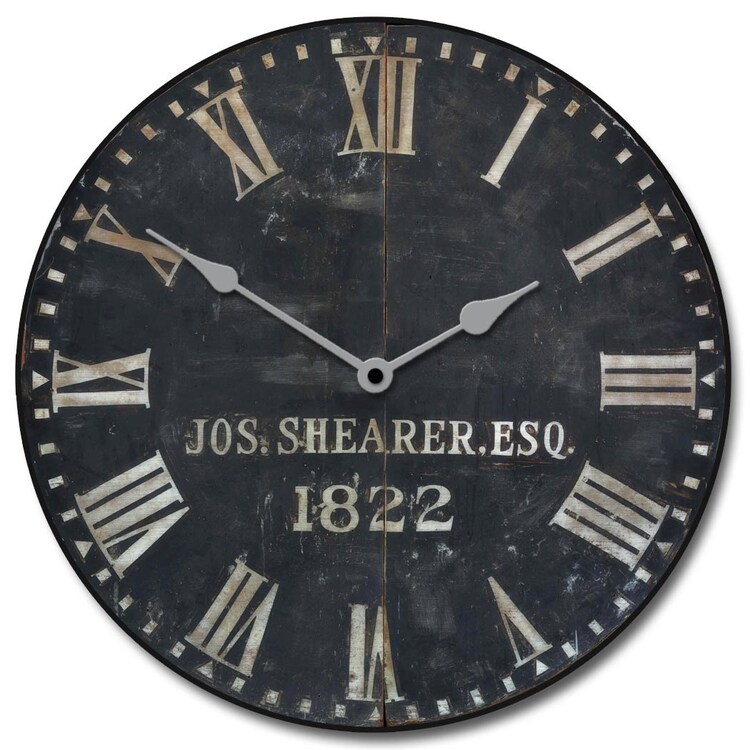

That’s the positive direction of rotation. Look at the curl of your fingers on that hand. Point your right thumb in the positive direction of the axis.ģ. If you choose the X or Y axis, the positive direction is obvious.Ģ. If you pick an object, the positive axis direction goes from the pick point to the other endpoint. If you specify start and end points, the positive axis direction goes from the start point to the endpoint. First determine the positive direction of the axis.
Surpac create solid from dtm how to#
(Of course, it may be quicker to try one way and just do it the other way if it doesn’t turn out right.) Here’s how to figure it out:ġ. At the Specify angle of revolution : prompt, press Enter to revolve the object 360 degrees or type an angle, either positive or negative.Īs with the REVSURF command, you need to determine the positive direction of rotation if you’re revolving less than 360 degrees. Use the X or Y options to revolve the object around the X or Y axes.Ĥ. You can also select an object as an axis by using a line or one segment of a polyline. At the Specify start point for axis of revolution or define axis by : prompt, you can pick two points to create an axis

At the Select objects: prompt, select one or more closed objects.ģ. Choose Revolve from the Solids toolbar.Ģ. To create a revolved solid, follow these steps:ġ.


 0 kommentar(er)
0 kommentar(er)
